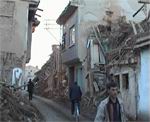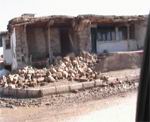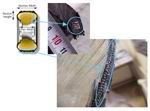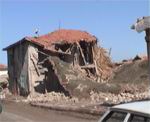Facts & the Need
|
  |
Idea
Rationale
Innovation / Effectiveness
|
Strong steel meshing inside the rubber cover of care tires have been used successfully in bridge pier reinforcement. In a novel and eco-friendly approach to improve the seismic performance of houses, this project will make use of scrap tires to reinforce the walls of houses and buildings against earthquakes. The project will retrofit walls with rubber tires and test them to make sure the houses withstand seismic forces. Moreover, the project will use a cost-efficient, "do-it-yourself" approach using easy-to-follow illustrations, instruction posters, and the internet to enable poor people to make their houses more resistant to earthquakes. The principal outcomes of this project will be reduced casualties and property losses for poor people living in Turkey's earthquake prone regions..
|

